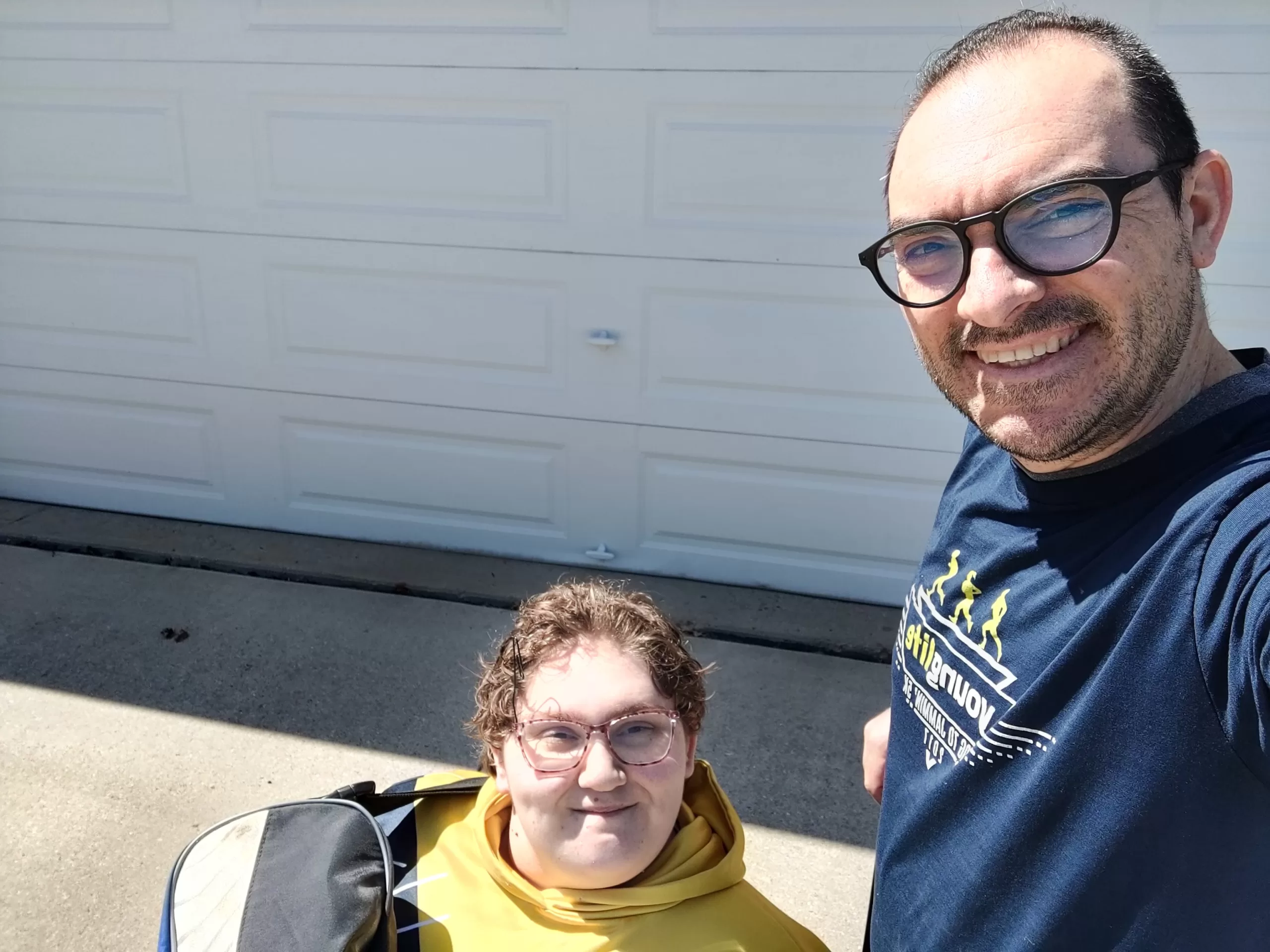First is Monet himself, whose gauzy impressionistic style resulted, at least in part, from the cataracts that clouded his sight.
Then there’s El Greco, whose “flamelike” human forms were influenced by his astigmatism.
Chuck Close may not be a household name, but you may have heard of “that guy” who paints super-scale, hyper-realistic portraits, yet suffers from prosopagnosia (face blindness), which renders him unable to remember what an individual looks like.
And then there is Paul, who has mentioned his colorblindness a few times, but hasn’t made much of his resulting preference for black-and-white cartooning, at which he excels:

Four people, four visual disabilities, four distinctly individual artists, whose art is somehow a result of those very disabilities.
I’m thinking there has to be a lesson here, a moral of some kind, but the ones that leap to mind seem either trite (“Triumph over adversity.”) or insensitive (“It’s not a disability; it’s a blessing.”) Maybe it’s enough to let you connect the dots however you will, but I can’t resist offering a couple of additional dots of my own:
Artists need limitations in order to create. (When Arnold Schoenberg realized, circa 1920, that he could compose music using any notes, in any combination, he found the prospect paralyzing, so he imposed rules on himself to limit his choices.)
Lots of people have cataracts. Cataracts alone don’t make you Monet.




Leave a Reply